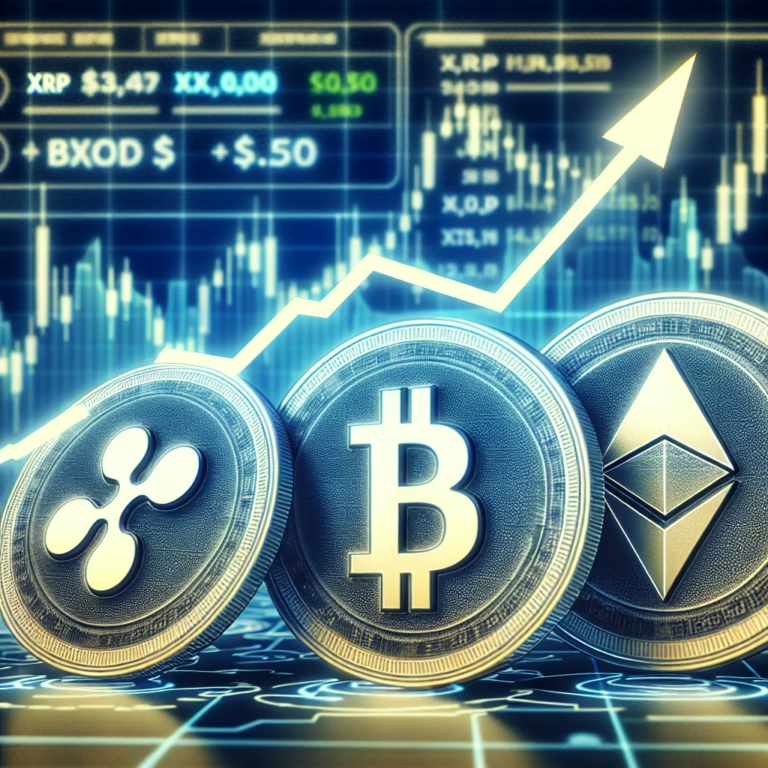
- Whale Activity Stirs Uncertainty in the Chainlink Market
The tranquility in the Chainlink (LINK) market has been shattered by a recent whale movement, raising concerns about a potential sell-off. A whale holding a massive 250,000 LINK tokens, valued at approximately $5.37 million, deposited them on Binance and OKX, two of the leading cryptocurrency exchanges. This activity, detected by blockchain analytics firm Lookonchain, has sent shivers down the spines of investors, fearing a potential price dump.
- A Tale of Two Transactions: Whale Withdraws, Now Deposits
Intriguingly, this whale’s behavior paints a complex picture. Before this unsettling deposit, the whale exhibited seemingly bullish actions. Between December 14th and 18th, they executed a significant withdrawal of LINK from Binance, pulling out a staggering 595,000 tokens worth roughly $17.31 million. This large-scale withdrawal fueled speculation of potential accumulation by the whale.
Read more: Chainlink (LINK): A 12.45% Dip Amidst Whale Accumulation!
- Unrealized Losses Loom Large for the Whale
However, a closer look reveals a potential vulnerability in the whale’s strategy. The LINK withdrawal from Binance coincided with an average trading price of $29.10 per token. Unfortunately, the cryptocurrency market took a downturn shortly after, dragging LINK’s price down with it.
As of this writing, LINK is trading at $21.22, representing an increase of 8.60% in the last 24 hours. Despite this minor uptick, the price remains significantly lower than the whale’s withdrawal price. This translates to a hefty unrealized loss of approximately $4.5 million for the whale, with an average loss of $7.88 per LINK token due to price depreciation.
Read more: Chainlink Whales Pack $77 Million in 3 Days: Buying Opportunity?
- Sell-Off or Strategic Staking? Decoding the Whale’s Motive
The recent deposit of 250,000 LINK on Binance and OKX has sparked debate within the crypto community. While some fear a potential sell-off that could trigger a domino effect and further depress the price, others propose an alternative scenario.
This alternative theory suggests that the whale might be strategically staking their LINK holdings. Staking allows investors to earn rewards for holding cryptocurrencies, potentially mitigating the current unrealized losses and offering the opportunity to profit from future price increases.
- Market Flickers of Hope: Volume Uptick and Active Addresses
A glimmer of hope emerges when examining the broader market sentiment surrounding Chainlink. The daily trading volume for LINK has witnessed a slight increase of 1.77%, reaching $740.69 million. This uptick suggests a renewed interest from traders, potentially indicating a buying pressure that could counteract a potential sell-off by the whale.
Furthermore, analysts point to a significant rise in active addresses on the Chainlink network. This metric, which reflects the number of unique wallets interacting with the blockchain, has surged by a remarkable 142% recently. This growth in active addresses suggests a potential increase in network activity and user adoption, which could ultimately translate to a price appreciation for LINK.
Read more: Chainlink Whales Pack $77 Million in 3 Days: Buying Opportunity?
- The Verdict: A Wait-and-See Approach for Chainlink
The immediate future of Chainlink hinges on the whale’s next move. Will they choose to sell their holdings and potentially trigger a price decline, or will they adopt a wait-and-see approach, hoping for a market recovery that would erase their unrealized losses and unlock potential profits through staking?
Only time will tell how this whale drama unfolds. However, the recent uptick in trading volume and active addresses offers a sliver of optimism for Chainlink investors. While the risk of a sell-off cannot be entirely disregarded, the underlying fundamentals of the Chainlink network and the potential benefits of staking paint a cautiously optimistic picture for the future.
Disclaimer: This article is for informational purposes only and should not be considered financial advice.






